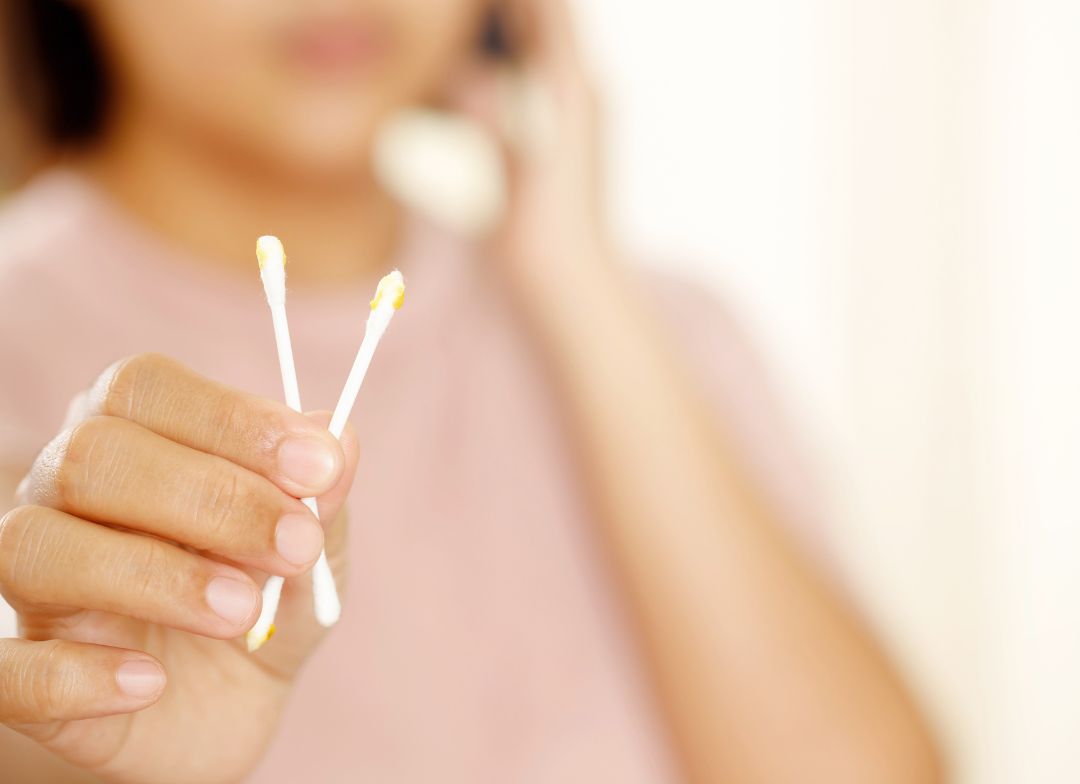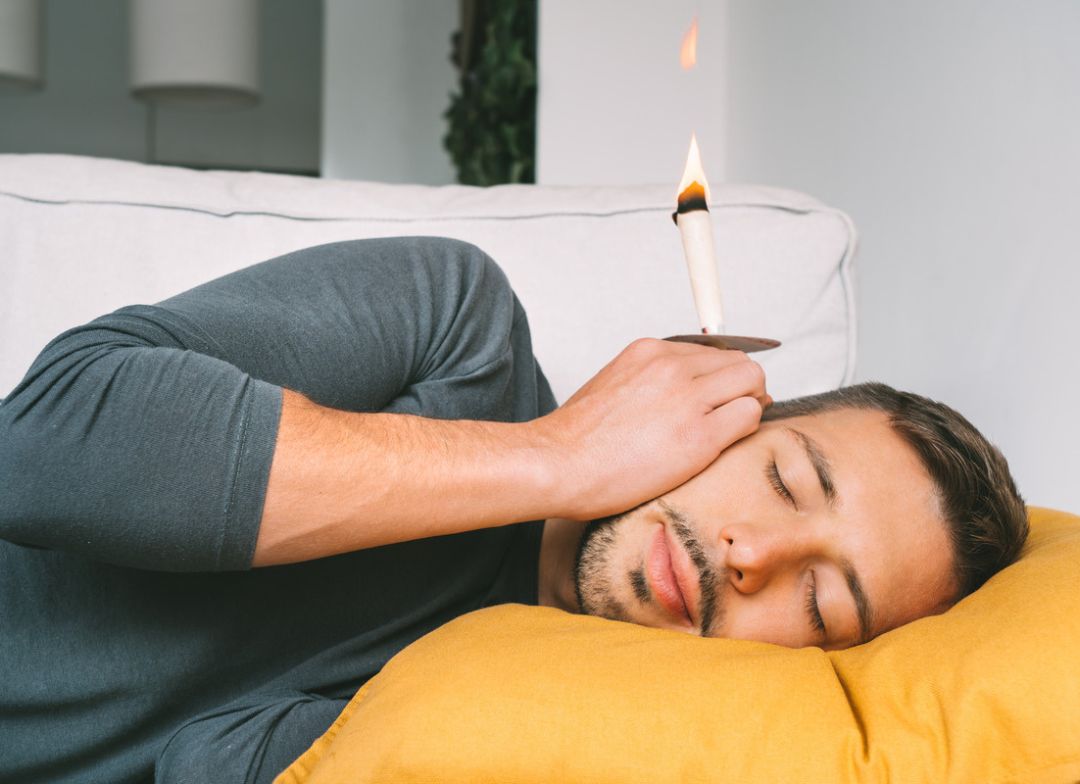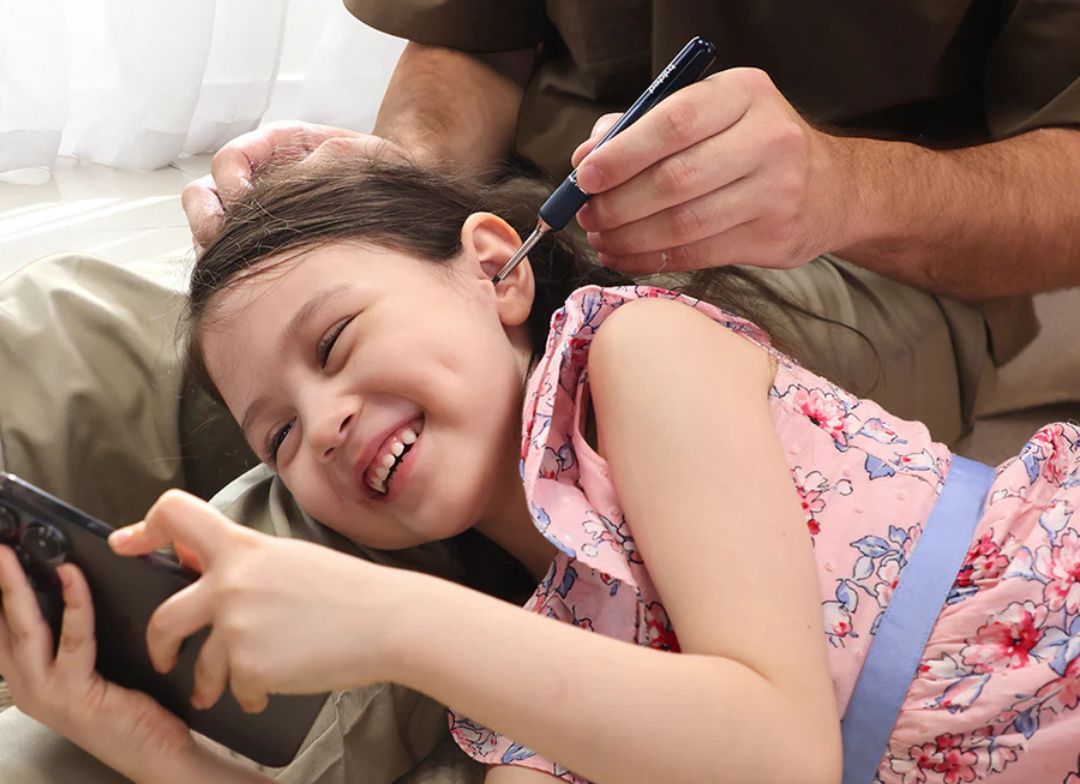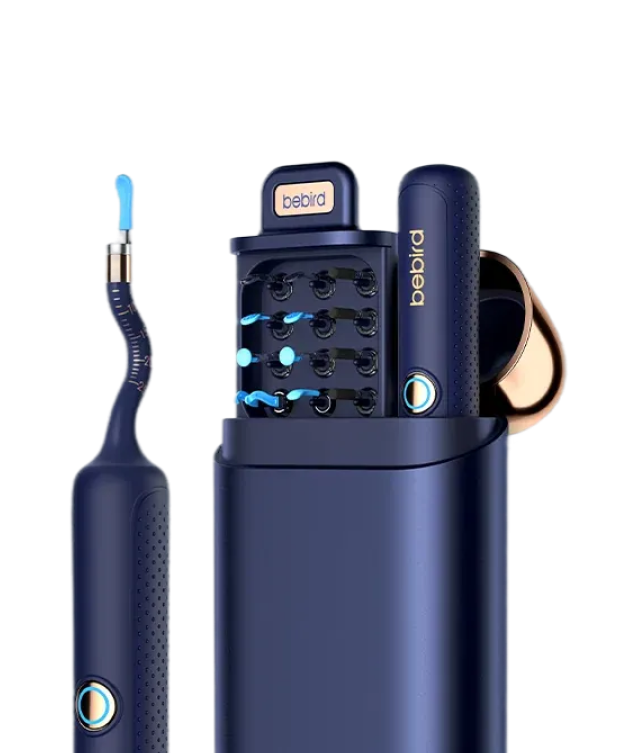Earwax may seem like a little and even unimportant body thing, however, it really carries out a huge responsibility in maintaining ear health. We all have it, but few know that there are actually 2 types of earwax: wet and dry. Knowing Wet vs Dry Earwax differences isn’t just fun trivia, it enables you to care for your ears better.
In this article, we will discuss the differences in the two types of earwax, the best techniques to clean them, and what tools, such as ear cleaning kits and ear wax cleaner tools, can aid in making the process safer and simpler.
What Is Wet Earwax?
Wet earwax is most prevalent among individuals of African, European, and South Asian backgrounds. It can range from light yellow to dark brown and appears sticky and thick. The wetness stems from greater proportions of fats, which, along with perspiration, combine to generate the wax.
People having this type of earwax often face issues when the earwax accumulates, causing blockages. The earwax buildup can easily let bacteria thrive, which can result in mild ear infections if not cleaned properly over time.
From a scientific perspective, the wet earwax type is linked with a specific gene known as ABCC11. This gene dictates how much of certain compounds the body produces, including body odor and the earwax’s consistency.

What Is Dry Earwax?
People from China, Korea, Japan, and several Native American nations have dry earwax. This is described as a light grey/tan color and has a flaky, crumby consistency rather than a sticky one.
This earwax is dry and will usually fall out of the ear canal itself, so there is minimal to no cleaning needed. Those with dry earwax tend to ignore it until excess builds up or blockage occurs.
Like wet earwax, dry earwax is also linked to the ABCC11 gene. A different version of this gene produces lesser fatty secretions, which dry out and cause the wax to be powdery instead.
Wet vs Dry Earwax: What Is the Difference?
Now that you know what each type is, let’s look at the comparison chart below to highlight the differences between wet and dry earwax.
|
Feature
|
Wet Earwax
|
Dry Earwax
|
|
Color
|
Yellow to brown
|
Gray to pale yellow
|
|
Texture
|
Sticky and moist
|
Dry and flaky
|
|
Common in
|
African, European, and South Asian people
|
East Asian and Native American people
|
|
Caused by
|
G allele of the ABCC11 gene
|
An allele of the ABCC11 gene
|
|
Natural removal
|
May need help to clean
|
Often falls out on its own
|
|
Odor
|
Slight odor possible
|
Usually, odorless
|
The difference comes down to genetics. No type is better or worse. They both do the same thing, protecting and moistening the ear canal and filtering out dust, dirt, and bacteria.
How Should You Clean Wet and Dry Earwax?
In general, earwax doesn't need to be cleaned unless it creates problems such as hearing difficulty, itching, or a fullness sensation. However, since wet and dry earwax differ in texture and behavior, the ways to remove them aren’t the same.
Cleaning Wet Earwax
-
Smoother ear drops, such as hydrogen peroxide or mineral oil, work best.
-
Gently flushing it out using warm water is also effective.
-
Do not use cotton swabs deep into your ear as this will injure the ear canal or worsen the blockage.
Cleaning Dry Earwax
-
Use a damp washcloth to clean the outer surface of the ear.
-
If you see flakes near the canal opening, you can gently lift them out with a small earwax cleaner tool.
-
Great care must be taken not to scratch or damage the skin on the ear, especially with tools.
Regardless of the type, never attempt to use sharp points, such as a pin or pen, to remove wax. It can cause serious injury or infection.
What Tools Can Help You Clean Earwax Safely?
Wet or dry, your earwax needs to be cleaned properly. Using the wrong method, such as cotton swabs, can be harmful. To clear ears safely and effectively at home, using Bebird products like the Bebird ear cleaning cameras offers smarter solutions.
Bebird EarSight Plus
This is the world’s first OTC camera ear cleaner. It features high-definition cameras so that you may see your ear while cleaning it, with ear wax cleaning tools including soft silicone tips, seeing the ear wax while cleaning makes the process safer and easier. Wax removal is easier with the camera-guided tweezers, making the process pain-free and without guessing or excessive poking.

Bebird EarSight Complete
This model features a 10MP flexible ear camera and anti-shake technology for clear, smooth visuals. This ear wax cleaner tool caters to all wax types, offering replaceable tips for both oily and dry earwax. Support for ear drops also makes it useful for itchy or clogged ears as well as infected ones.
Bebird EarSight Cleaner
This cleaner is great to have as it is simple and multifunctional. It is equipped with a 1080P HD ear wax camera, LED lights, and an intuitive app. Aside from the ears, it can be used to examine the nose, throat, and even teeth. It is a compact and hygienic device designed for frequent home use.
Bebird EarSight Pro
For complete earwax cleaning and smart design, the Bebird EarSight Pro stands out as the best option. It has a 10MP rear camera that allows the user to view the process in real time. For intricate wax removal, precision tweezers are provided. With IoT capabilities, it connects with healthcare professionals for remote evaluations, making it perfect for smart users looking for an all-in-one earwax cleaning device.
Bebird EarSight R1
The R1 comes with a wide-angle lens, a 1080p HD video recording ear cleaning kit, and the ability to stream to the Bebird app for real-time viewing. It allows for photos and videos to be captured and comes with multifunctional heads for the ears, nose, and mouth.
No matter if you are looking for a comprehensive ear cleaning kit, a professional-grade ear wax inspection camera, or durable and dependable ear wax removal instruments, Bebird ensures comfort, reliability, precision, and intelligent design in all of its products.
Final Thoughts
Understanding how wet wax differs from dry wax can also help you take better care of your ears. Wet earwax is stickier and might get dirty more often, whereas dry earwax is crumbly and falls out on its own regularly. No matter the kind, safe ear hygiene is necessary, and that means not using a cotton swab, only utilizing the proper tools. Bebird ear care products help you to care for your ears more comfortably, more intelligently, and more reliably.
With high-definition ear cleaning visuals and gentle tips, real-time cleaning, and mid-process viewing, tools such as the ear camera, ear wax cleaner, and ear cleaning kit make home ear hygiene straightforward. Whether performing routine checks or managing earwax buildup, Bebird ear wax cleaning tools guide you to clear your ears without guessing.
Related Reading:
Is Hydrogen Peroxide Safe for Cleaning Ears?












Leave a comment
All comments are moderated before being published.
This site is protected by hCaptcha and the hCaptcha Privacy Policy and Terms of Service apply.